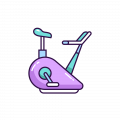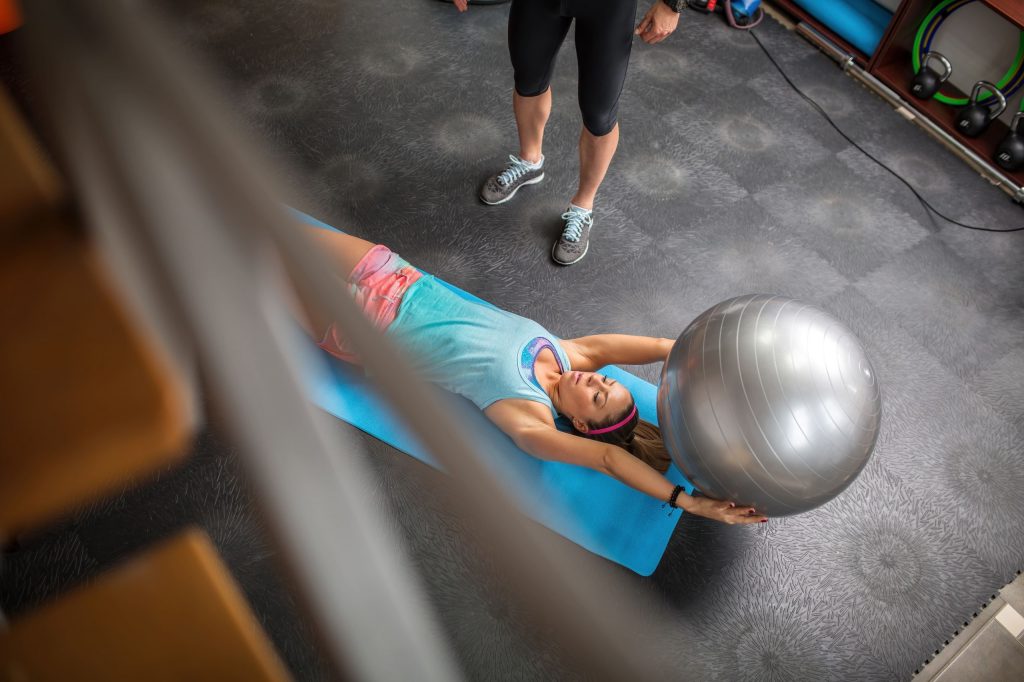Functional fitness is a fantastic way to improve your strength, mobility, and overall health, but like any training method, it comes with potential pitfalls — especially if you’re just starting out. Avoiding common mistakes will help you get better results and prevent injury.
1. Skipping Proper Warm-Ups
Jumping straight into intense exercises without warming up can lead to muscle strains and reduced performance. A good warm-up increases blood flow, warms muscles, and prepares your nervous system for movement.
Warm-up tips:
- Start with 5-10 minutes of light cardio (walking, jogging, or jumping jacks)
- Include dynamic stretches like leg swings or arm circles
- Perform low-intensity versions of the exercises you plan to do
2. Poor Form and Technique
Functional fitness relies heavily on proper movement patterns. Incorrect form can cause joint stress and injury, undermining your progress.
How to fix it:
- Focus on quality, not quantity — slower, controlled reps are better
- Use mirrors or record yourself to check your form
- Consider working with a coach or trainer, especially at first
3. Ignoring Mobility and Flexibility
Strength is important, but without mobility, your body can’t move efficiently. Tight muscles and stiff joints limit your range of motion and increase injury risk.
Tips to improve mobility:
- Incorporate stretching and foam rolling after workouts
- Practice yoga or mobility drills on rest days
- Don’t rush through exercises; prioritize smooth, full-range movements
4. Overtraining and Lack of Rest
More isn’t always better. Functional fitness involves demanding full-body movements that require recovery time to rebuild muscles and prevent burnout.
Balance your routine by:
- Scheduling rest or active recovery days
- Listening to your body — if you feel persistent fatigue or pain, take a break
- Getting quality sleep and nutrition to support recovery
5. Not Progressing Gradually
Trying to advance too quickly — with heavier weights or more complex exercises — can overwhelm your body and cause setbacks.
Progress safely by:
- Mastering foundational movements before increasing difficulty
- Adding weight, reps, or sets gradually
- Setting realistic, achievable goals
By being mindful of these common mistakes and focusing on safe, effective training, you’ll make the most of your functional fitness journey. Remember, consistency and smart practice are the keys to long-term success.

